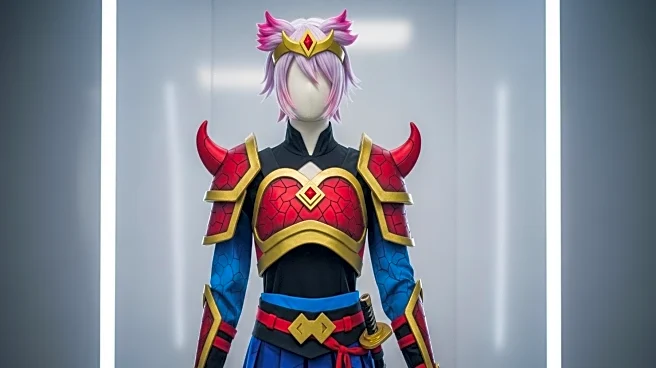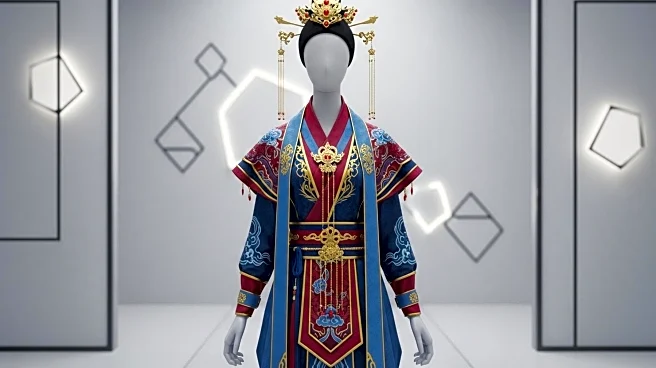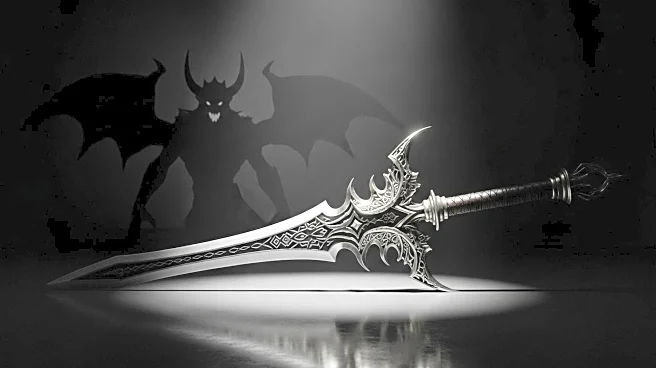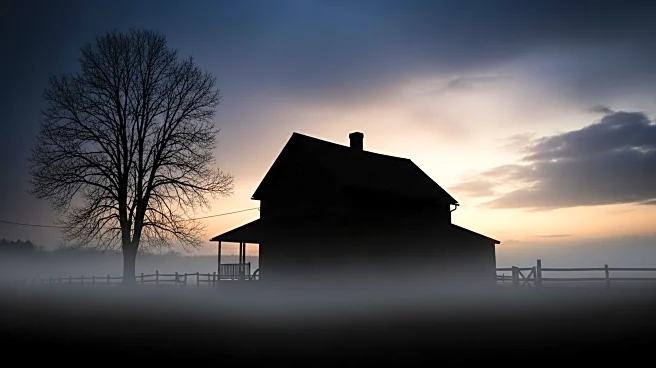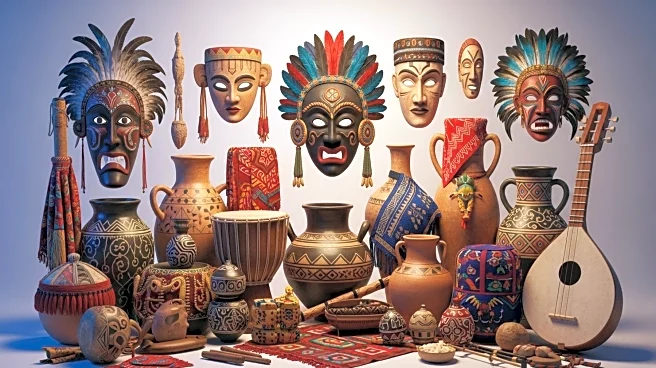What's Happening?
The Netflix film 'KPop Demon Hunters' has become a cultural phenomenon, particularly among Asian American children, who are embracing the characters as Halloween costume choices. The film features Asian protagonists, which has led to a surge in demand for costumes that reflect the characters' unique styles, such as Rumi's purple wig and gold-black jacket. Parents and children alike are excited about the representation in pop culture, as it offers an alternative to traditional Western characters. The film's success is seen as a significant moment for Asian representation, with children no longer having to rely solely on Pixar or Disney princesses for costume inspiration.
Why It's Important?
The popularity of 'KPop Demon Hunters' highlights the growing demand for diverse representation in media, particularly for Asian Americans. This trend reflects broader societal shifts towards inclusivity and recognition of different cultural narratives. The film's success may encourage more productions that feature diverse casts and stories, potentially influencing Hollywood's approach to character development and storytelling. For Asian American children, seeing characters that resemble them can foster a sense of pride and belonging, impacting their self-esteem and cultural identity positively.
What's Next?
As the demand for 'KPop Demon Hunters' costumes continues to rise, retailers are likely to increase production to meet consumer needs. This could lead to more collaborations between filmmakers and costume designers to ensure cultural accuracy and respect for traditional attire. Additionally, the film's success may inspire other creators to explore Asian folklore and mythology in their works, further enriching the diversity of narratives available in mainstream media.
Beyond the Headlines
The film's portrayal of Korean traditions and folklore, such as shamanism and the attire of grim reapers, raises questions about cultural appropriation and the commercialization of traditional symbols. As these costumes become popular, there is a risk of diluting their cultural significance. This development calls for a careful balance between celebrating cultural heritage and avoiding its reduction to mere fashion trends.
